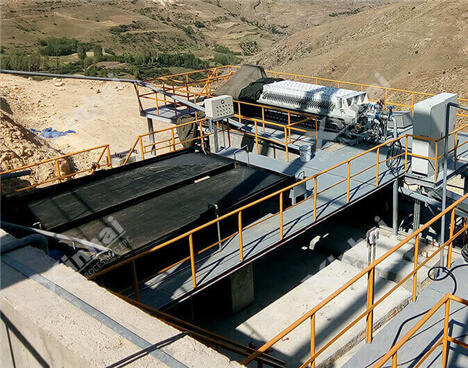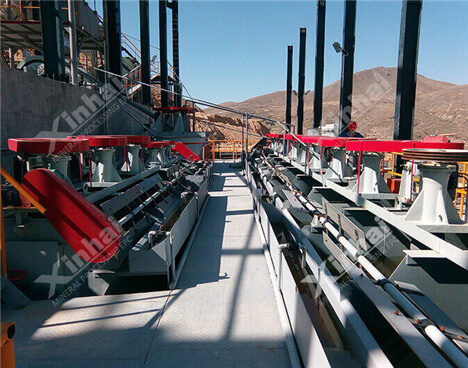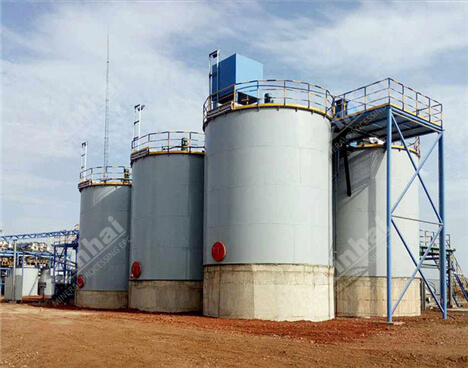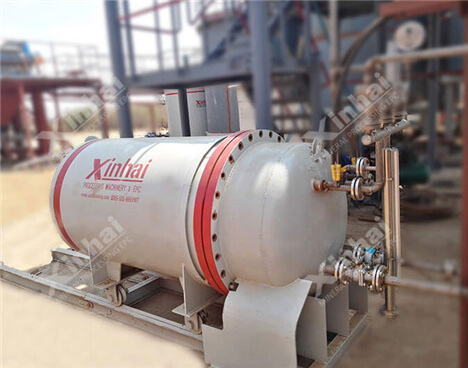Gold is a symbol of wealth in contemporary people's life. Gold is extracted from gold mines in nature. Because gold has sulphurophilicity, it often coexists with minerals such as pyrite, arsenopyrite, galena, and stibnite. For gold ores with different associated organisms, the beneficiation process is also different. So what kinds of gold beneficiation processes are commonly used now? Let's introduce them.

Gravity separation process is often used in placer gold beneficiation. Because placer gold ore itself is small in size and easy to separate, gold and other sand particles can be completely separated by gravity separation process. So the gravity separation process is often used for placer gold beneficiation. Practice has proved that gravity separation method is an effective and economical treatment method for placer gold. Due to the different particle size composition of gold in placer gold ore, the effective particle size limit of different placer gold beneficiation equipment for processing materials is also different, so a reasonable placer gold separation process should use the combined operation of several different gravity separation equipment. Jig or shaking table is one of them, and it is also a commonly used gravity separation equipment in placer gold gravity separation operations.

The flotation process is often used for gold-bearing sulfide minerals with high floatability, such as gold-bearing quartz vein ore, polymetallic gold-bearing sulfide ore and carbon-bearing graphite ores. The working principle of the flotation process is to maximize the enrichment of gold into sulfide minerals, the tailings can be directly discarded, and the beneficiation cost is low. In China, more than 80% rock gold ore use flotation technology for gold beneficiation.

The carbon in leaching method for gold extraction utilizes the adsorption of activated carbon on gold, and CIL is very suitable for some large-scale gold mines with high taste and those with high content of associated silver and copper. The working principle of carbon in leaching method for gold extraction is to add activated carbon to the pulp, and use the height difference of several leaching tanks to carry out the process of leaching and adsorption. This process reduces losses and reduces management costs. Compared with traditional CCD technology it can save more than 60% of investment.
The gold extraction process by carbon in slurry method is suitable for two kinds of ores: one is gold concentrate or amalgamation, gravity separation tailings, and the other is argillaceous oxide ore. The working principle of the CIP gold extraction process is to use activated carbon to directly absorb and recover gold from cyanide pulp. The whole process includes seven stages, namely cyanidation leaching → activated carbon adsorption → gold-loaded carbon desorption → electrolysis to obtain gold mud → carbon loaded without gold recycling → leaching of pulp.

Heap leaching gold extraction is mainly suitable for low-grade or small developed ore bodies, or both of the above-mentioned ores. Such deposits cannot usually be developed and utilized by conventional methods. The working principle of heap leaching gold extraction is to crush low-grade gold ore to a certain particle size (or granulate), and accumulate it on a leak-proof bottom pad made of asphalt, concrete or plastic materials, and use low-concentration cyanide, alkali, etc. The gold solution is sprayed on the ore heap with a solution such as a neutral solution, a non-toxic solvent or dilute sulfuric acid to dissolve the gold, and the gold-containing solution is percolated from the ore heap, and then the gold is recovered by activated carbon adsorption or zinc powder replacement and precipitation.
The above five gold extraction processes are currently commonly used gold beneficiation processes. Which process is suitable for your mine? It’s suggested to determine your process by conducting beneficiation tests on the ore so you can obtain higher recovery rate and income with lower input cost.